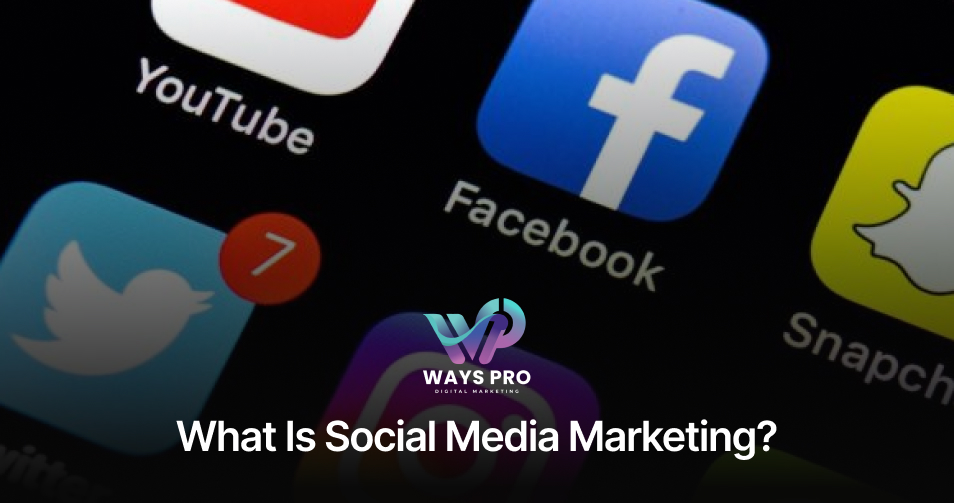There’re 30.7 million online businesses marketing their products or services with different strategies, on different platforms, to target different audiences – For What?
Well, the end goal of all of them is the same—yes, to get Returns (return on investment) as high as possible.
However, many factors are involved in digital marketing ROI. For example, the calculation and allocation of resources and investments, strategizing and implementing campaign optimization techniques, and maximizing the ROI as a result.
Each of these practices is critical beyond your thoughts. One single mistake can take down your entire campaign. Therefore, we’re here to guide you on How to Calculate and Maximize Your ROI.
What is Digital Marketing Return on Investment (ROI)?

ROI stands for return on investment, the profit earned from digital marketing or advertising. At the same time, Digital marketing ROI (Return On Investment) measures the profit or loss you generate on your digital marketing campaigns based on the amount of money you have invested. This measurement tells you whether you’re getting your money’s worth from your marketing campaigns or not.
Why Measure Digital Marketing ROI?
Measuring ROl is your must-have weapon to exceed a dollar on every dollar invested in the marketing campaign. Depending on your marketing strategy, distribution channels, and your industry, the perception of a ‘’good ROI’’ can change.
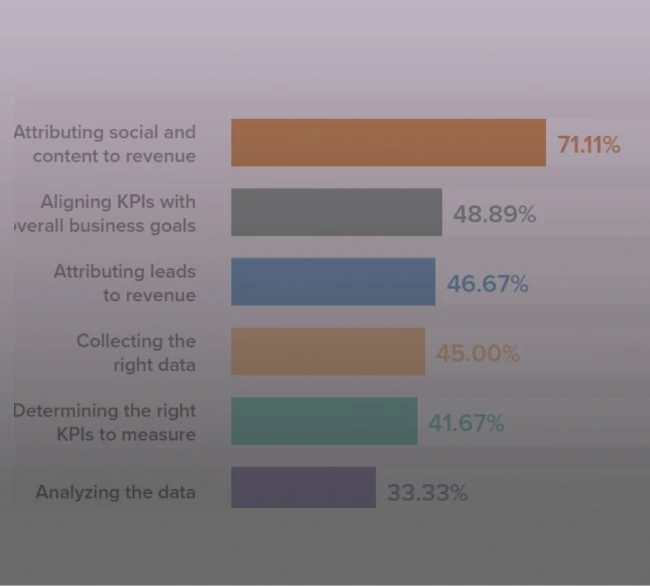
How Do You Determine Your ROI for Digital Marketing Campaigns?

ROI in digital marketing campaigns means figuring out how much you’re profiting from a campaign versus how much you spent on it.
- Firstly, keep an eye on all your expenses, including ad spending, software and personnel costs, and so on.
- Directly measure the total revenue from the campaign (sales, leads, sign-ups, etc).
- For more insight, look at conversion rates, customer lifetime value, and cost per acquisition.
- Evaluating these metrics regularly can also improve future campaigns and refine strategy.
How to Calculate ROI
ROI in digital marketing is how much a campaign makes against its costs.
If your ROI is high, the campaign covers its cost and is effective.
Calculating ROI allows you to determine whether or not your marketing dollar is worth it, helping you determine future budget spend and which campaigns return the highest ROI.
To calculate ROI (Return on Investment) in digital marketing, use this formula:
ROI= Net Profit from Campaign-Cost of CampaignTotal Cost ×100
Now, you know how to calculate it. But how will you know whether the return you got is good enough?
What is a Good Digital Marketing ROI?
A good digital marketing ROI typically ranges from 4:1 to 5:1. Simply put, you spend $1 and make $4–5 dollars back.
Yet while the ROIs of some successful campaigns shift from industry to industry, other campaigns still return even higher amounts, depending on how a strategy is deployed and the channels used.
From a financial perspective, ROl is the net revenue ratio to cost. Depending on your role(s) and opportunity, simplifying your ROl by calculating the ratio is easy.
- This is done by taking away the net profit of a campaign from campaign cost:
Net Profit (subtract) from Cost of Campaign (Net Profit from Campaign-Cost of Campaign)
- Then, divide by its total cost.
- And multiplying the result by 100.
Alongside this, it is necessary to be aware of the key metrics, as they will enable you to manage your campaign wisely and maximize the ROI.
Key Metrics to Measure ROI: Conversion Rate, CTR, Cost per Lead, & More
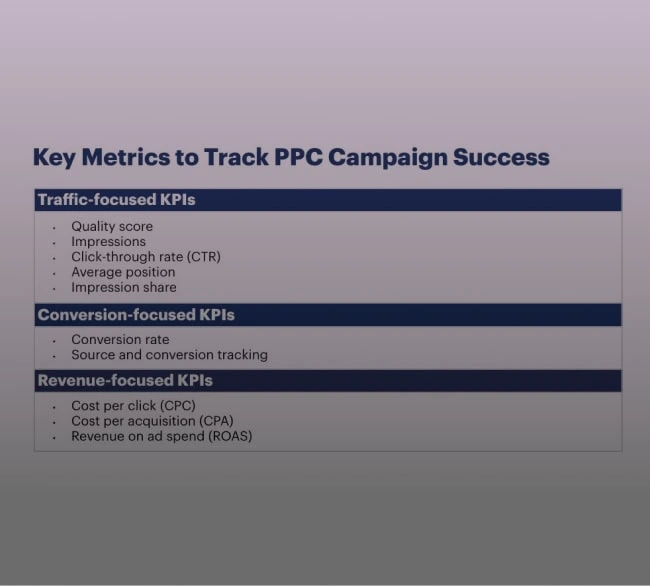
Key metrics to measure ROI are essential data points that illustrate the success of a digital marketing campaign, helping to ensure future decisions are better ones.
Here are the must-known key metrics to measure ROI:
Conversion Rate: A conversion rate measures the percentage of users who actually perform the action you are looking for, e.g., buying something or signing up for something. It’s necessary to evaluate campaign success.
Click-Through Rate (CTR): CTR measures how often people will click on your ad or link when they see it. A high CTR indicates that the audience likes your content and wants to be referred to it.
Cost per Lead (CPL): CPL records every lead acquisition cost. Knowing it allows you to determine the effectiveness and value of the spend in terms of potential sales.
Customer Lifetime Value (CLV): The total revenue a company expects to make using a customer through their whole interaction with a company is called CLV. This metric allows you to identify profitable customer segments.
Return on Ad Spend (ROAS): With ROAS, you clarify ad campaign profitability, calculating the revenue blazed for every dollar spent on advertising. The higher the ROAS is, the more efficient the ad is.
Now that you know the essential key metrics, let’s explore how you can improve your ROI in Digital Marketing.
How to Improve Your ROI in Digital Marketing
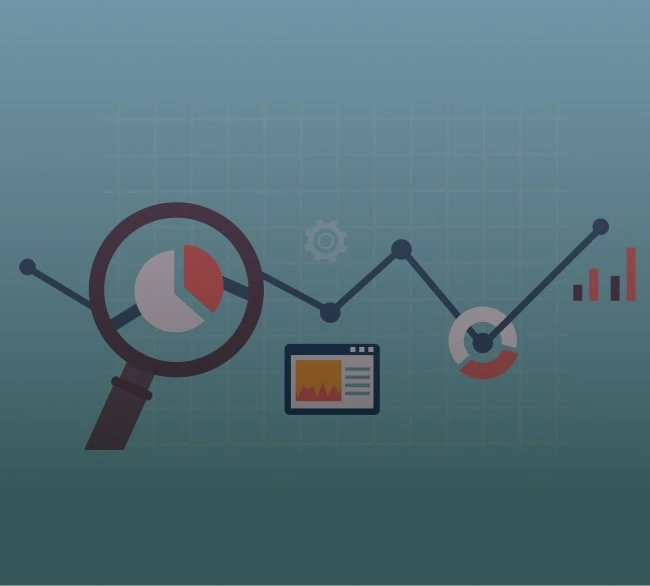
Set Clear Goals: Make your goals specific and measurable enough to guide your campaigns directly and facilitate performance tracking.
Target the Right Audience: Your focus must be to get as close as possible to the users who are most likely to engage and convert.
Optimize High-Performing Channels: Find out which channels are most effective and put more effort into them to achieve the best results.
Use A/B Testing: Experiment with different content and ad variations until you see which resonates most. Then you can see which gives you better results.
Automate Where Possible: To make things run smoother, you can use automation tools for tasks such as email marketing and ad bidding.
Analyze and Adjust: Review your performance data regularly to identify trends, enhance working methods, and adapt strategies to maintain your competitiveness as effectively as possible.
Determine Campaign Success: Setting and Tracking Goals

- Setting clear, measurable goals is the key to a successful digital marketing campaign.
- With them, it’s easier to tell if your efforts are value-driven or a miss.
- First, you need to set clear objectives, such as increasing traffic to the website, converting more, or improving engagement rates.
- Track these goals using tools like Google Analytics to track key performance indicators (KPIs).
- Monitoring can be done regularly, and it’s a good way to find out where to make adjustments to make this campaign more impactful.
- You track each goal’s progress to ensure that the campaign is meeting its objectives and delivering measurable success.
Then comes the main game—budget allocation. It is about utilizing the money you put into marketing and ensuring it will return a good ROI.
Here’s how to optimize it
Optimize Your Budget Allocation Strategically
Analyze Past Performance: Determine the most successful channels in the past. With a bigger spending budget, address their high-performing areas.
Set Clear Objectives: Specify exactly how each campaign is to be achieved. It sets you up best to spend money on those things that help towards your objectives.
Test Different Channels: Find out which marketing channels actually work. Begin by displacing smaller budgets and seeing what works, then add more budget and ad placements to that platform.
Monitor Real-Time Data: Use analytics tools to track spend and performance and, if necessary, the current stock requirement. You can adjust your budget on the fly based on what’s returning the best ROIs.
Consider Seasonal Trends: Estimate more money when your audience is more active, most often around the holidays and high events.
Reallocate as Needed: Stay flexible! When a strategy is not yielding satisfactory results, take action to move the funds to a strategy that brings more returns.
To improve your ROI, cleaning and validating your data can help you make better decisions based on it, which will further improve your digital marketing strategies.
Clean and Effective Data Collection Methods
- You should use reliable data collection methods to ensure accurate ROI measurement.
- Your prior step should be to use online forms or surveys to get relevant information from your audience.
- Collect data with tools in CRM so that manual errors can be minimized.
- Audit your data sources regularly to see if there is consistency and relevance.
Understanding KPIs in the Bigger Picture
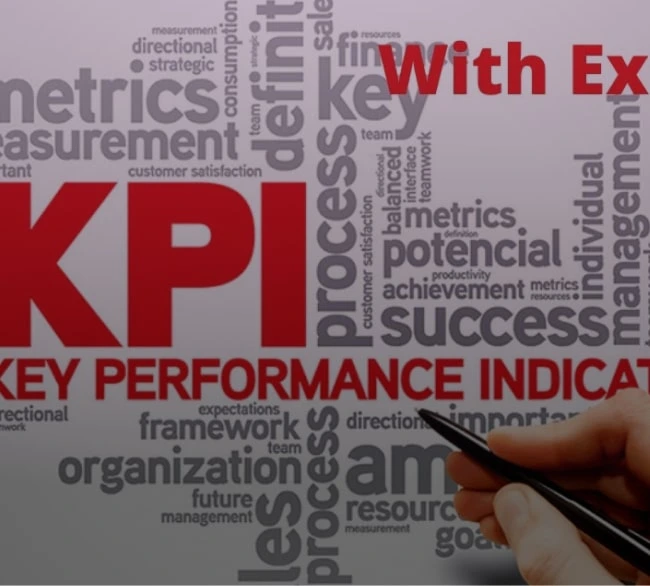
- Assessing your marketing success is dependent on KPIs (Key Performance Indicators).
- Then, you will know how their KPIs fit into the bigger picture, which will allow you to align them with your overall business goals.
- Review them regularly to see what trends and patterns are affecting your strategy.
- These metrics enable data-backed decisions that drive meaningful digital marketing contributions to achieve business objectives.
- Such a holistic view will boost your capacity to optimize campaigns effectively.
Draw Actionable Insights from KPIs
KPI analysis will give you valuable insights that will help you shape your marketing strategy. Begin by matching your KPIs (Key Performance Indicators) versus established benchmarks or goals. Try to find out the things within the pattern that show your campaigns in their best and worst sense.
Instead, focus on insights that help you adjust—for example, by improving your messaging, targeting, etc. Put these actionable insights into practice in real-time and boost your campaign ROI. Revisiting this process regularly keeps you on track (i.e., improving) and aligned with your business objectives.
Who Can Help and Maximize Your ROI?
Getting a higher ROI is the main goal of every business, so is yours, right? Getting a digital marketing expert aligned with your business will make it happen. A few things you need to ensure are whether that expert understands your business objectives, has practical experience in the industry, and keeps the process transparent and true to you.
If your head is still spinning about digital marketing, WaysPro Tech can help you.
There are many ways we can scale your business and help you stay higher on Google searches. Let’s discuss your concerns and work together to achieve a high return on investment (ROI) for your business.
Conclusion:
Finally, it’s about calculating and maximizing your ROI in digital marketing. With insight into key metrics and a clear and specific goal, you can improve your marketing effectiveness dramatically by optimizing budget allocation. Additionally, keeping up clean data collection methods as much as the KPIs you align with broader business goals will help you make educated decisions. Remember that analyzing insights proactively will give you the best ROI and long-term success. Utilize these thoughts to completely take advantage of your digital marketing efforts.


